A Tourism and Conservation Dilemma
The coastline of the Kenting National Park is mostly consisting of coral reef, which is full of pores that are ideal homes for marine animals. Ecological resources are therefore abundant here. However, tourists may unintentionally hurt the local ecological environment due to a lack of understanding of ecological conservation. The Kenting National Park Headquarters (KNPHQ) has established a limit on the number of visitors. Miss Li Yi-Yu of the Interpretation and Education Section of the KNPHQ stated that ecological guided tours in the intertidal zone are usually conducted in small groups, which are ideal for spreading out participants in different areas. A precise control on the number of participants is necessary, as well as avoiding overcrowding, to prevent people from stepping on the coral reef coast and damaging it.

Coral reefs are rich in holes and are quite suitable for marine life.
(Provided by Kenting National Park Management Office)
Summer Ocean Kaleidoscope - Friendly Visits to the Kenting Intertidal Zone
Each year, the Daguang Community works with the KNPHQ to organize activities to guide the general public and observe the mystery of marine creatures in the Kenting intertidal zone. They help the general public better understand the land under their feet in a friendly way, and transform their trip to Kenting from a one-time casual visit to a heartfelt experience where visitors can genuinely connect and care about the ecology and future of Kenting.
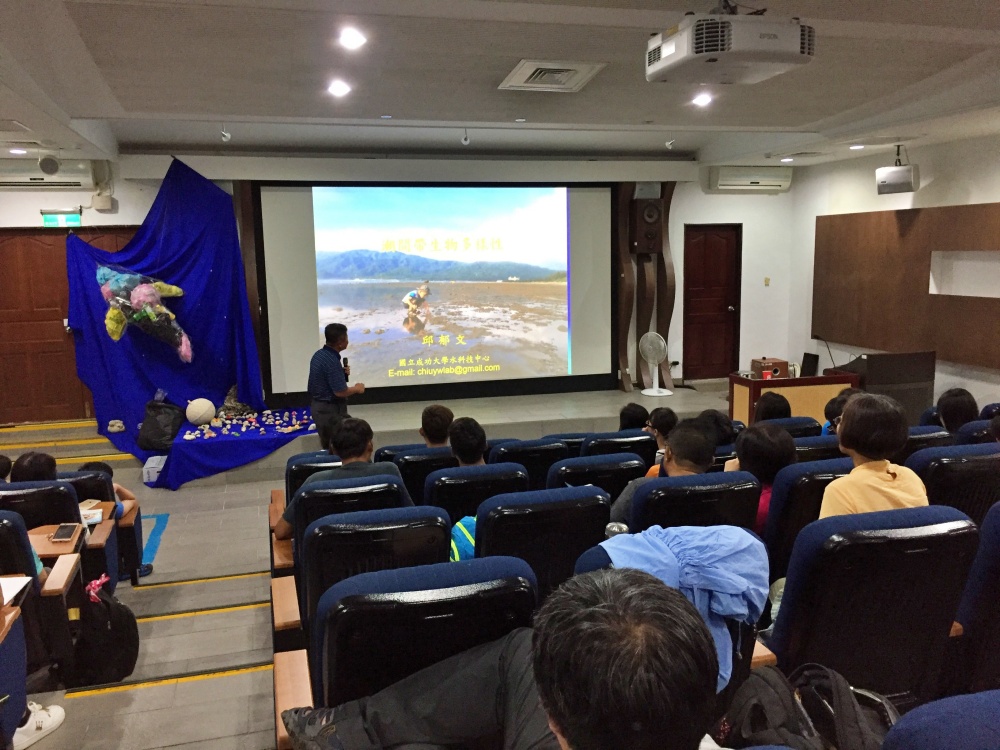
Biological characteristics of common intertidal zones such as Spanish dancers
(Provided by Kenting National Park Management Office)
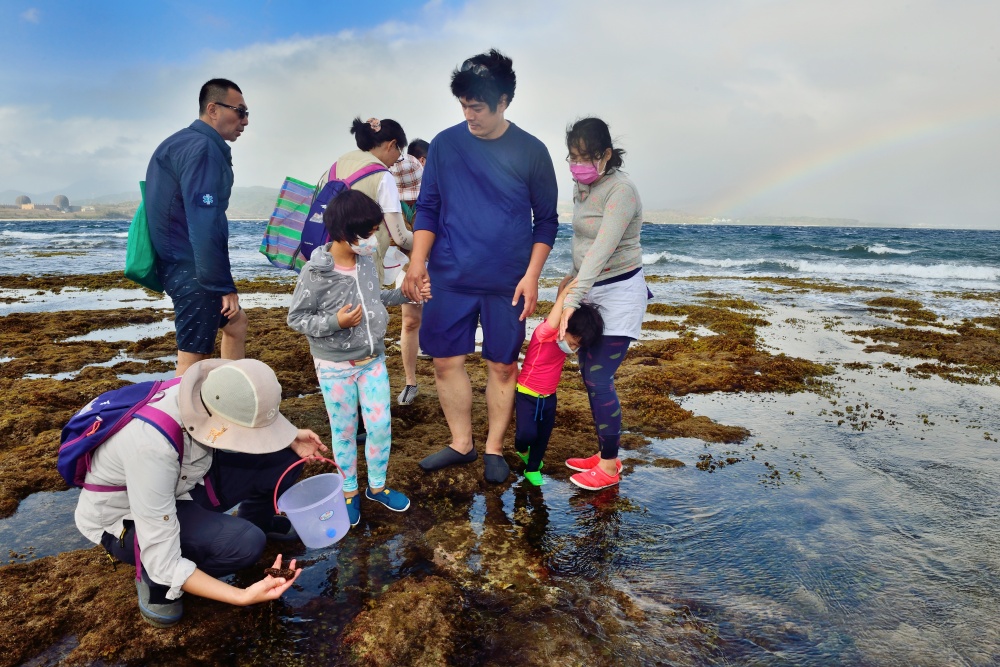
allowing the public to have the opportunity to observe the mysterious and beautiful intertidal zone up close
(provided by Kenting National Park Management Office)
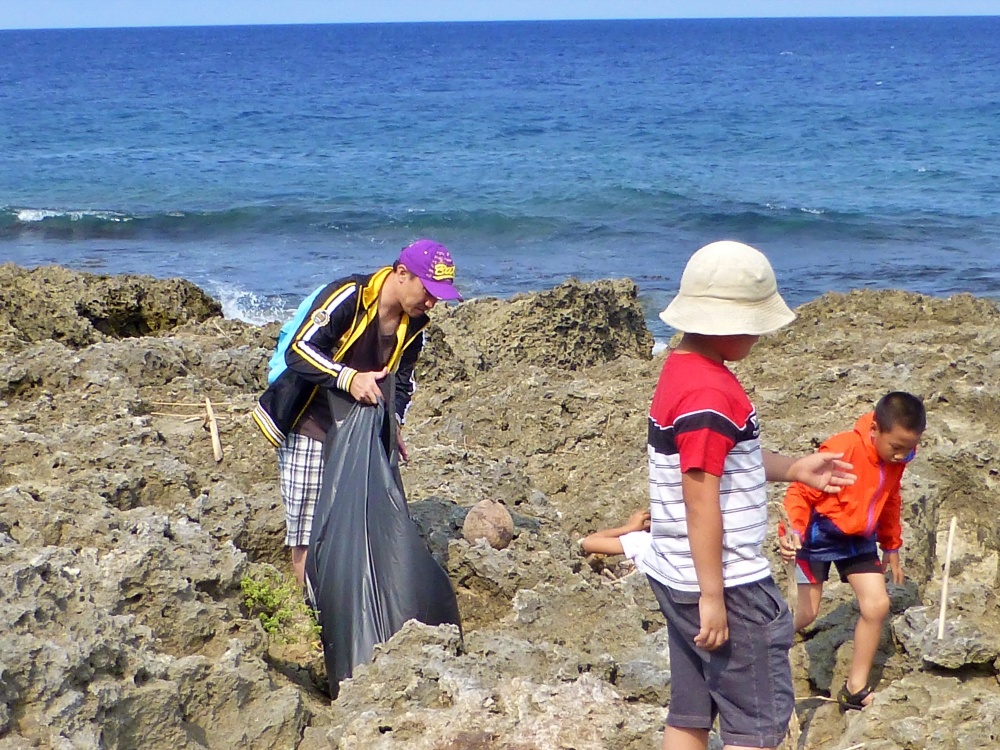
(provided by the Kenting National Park Management Office)
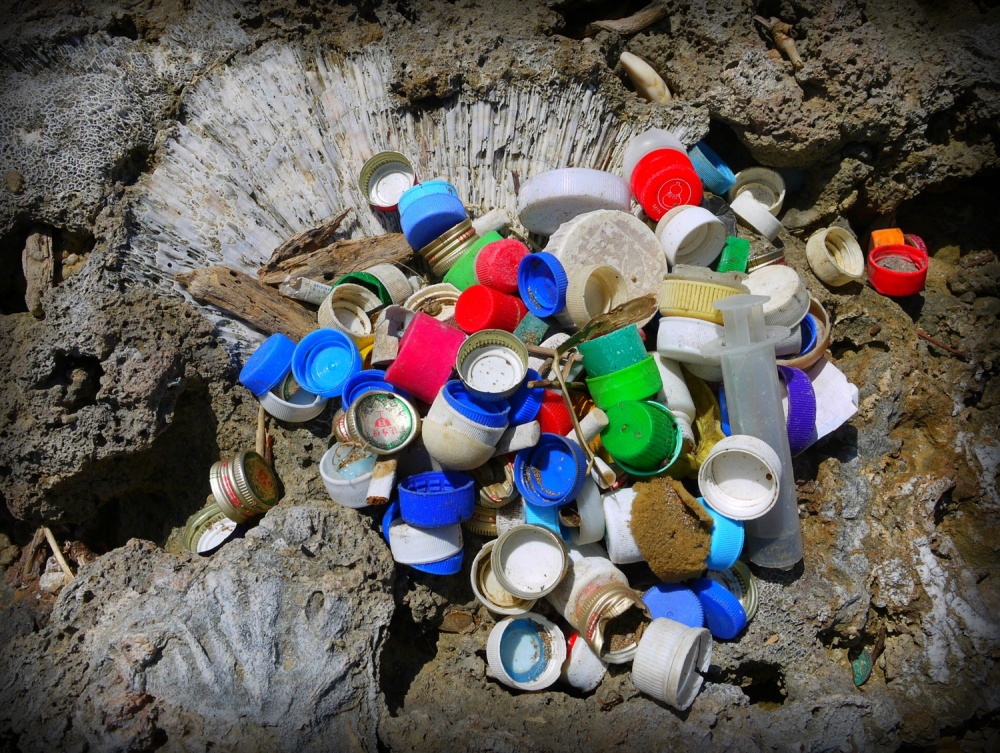
(provided by the Kenting National Park Management Office)
Exploring the Kinmen Intertidal Zone
The Kinmen Intertidal Zone has harsh environmental conditions. Different from the clear seawater of Taiwan, the seawater of Kinmen is muddier. In addition, the coastline of Kinmen extends over 100 kilometers, and the average difference between the high and low tides can reach 4 meters, which is a relatively big difference. The best observation time is in the early winter mornings or summer nights when spring tides occur.
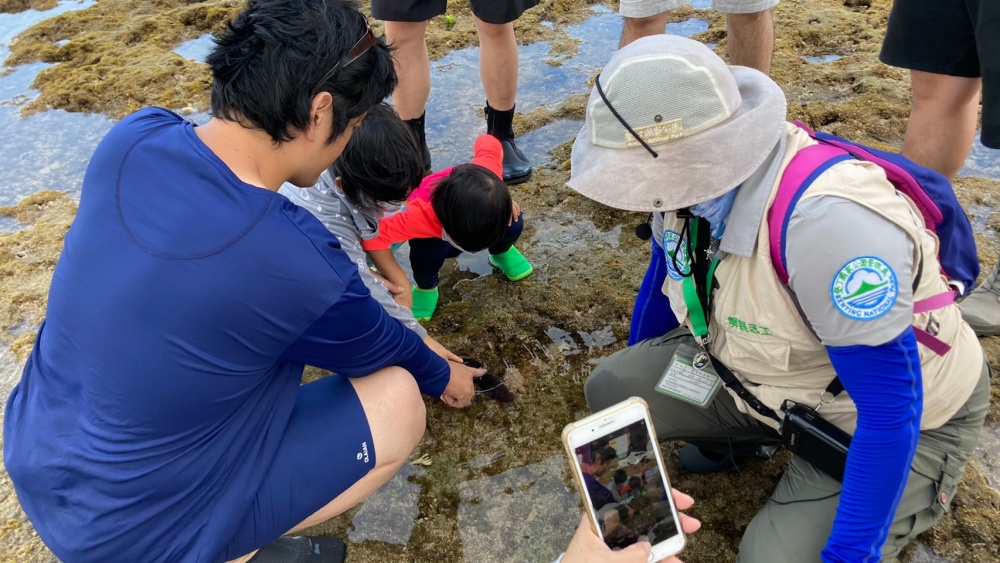
the public better understand the land under their feet in a friendly way
(Provided by Kenting National Park Management Office)
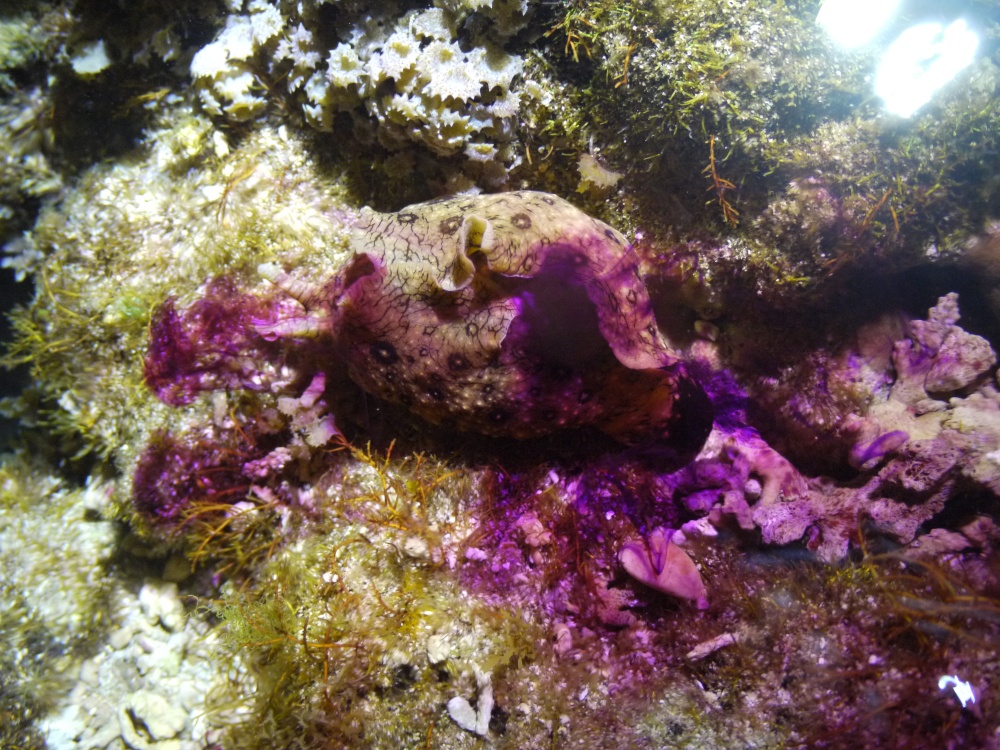
(Provided by Kenting National Park Management Office)
A Book on the Species Living in the Kinmen Intertidal Zone
President Hung Ching-Chang of the Kinmen Intertidal Zone Society stated that in the past, when he discovered unfamiliar species and wanted to look for further confirmation, he would often browse through illustrations published in Taiwan and find nothing. Affected by tidal currents, the Kuroshio Current flows by Taiwan, causing a great difference between the species of Taiwan and those of Kinmen, and producing a research gap on the species of both regions.

The average height difference between high tide and low tide can reach nearly 4 meters, and the tidal range is quite large.
This picture is the intertidal zone scenery of Lieyu Guishan
(provided by Kinmen National Park Management Office)
Hung Ching-Chang and his partner Huang Shiu-Ting were appointed by the Kinmen National Park Headquarters to assist in the publication of Sea Slugs of Kinmen, which records 169 sea slug species in 34 families under 6 orders. The publication process of the book was complex, but its publication has a significant meaning for the ecology of Taiwan. To this day, Hung Ching-Chang is still continually exploring the intertidal zone. Thanks to his enthusiasm, the world has been able to see the precious ecological landscapes of Kinmen.
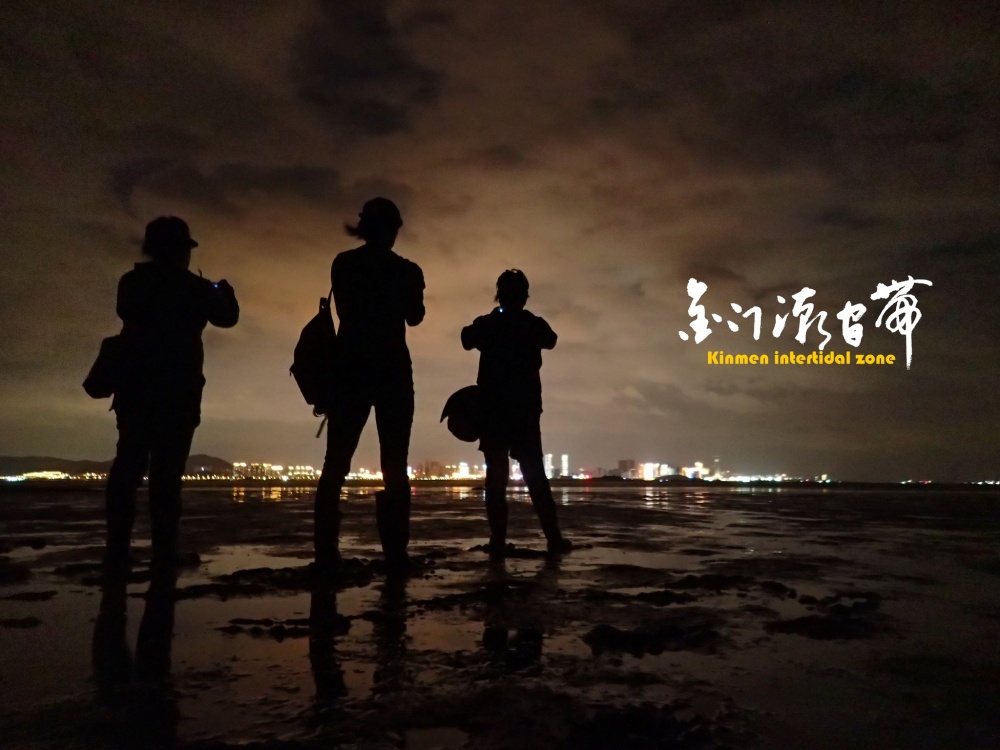
It calls on the villagers in Kinmen to join the ranks of citizen scientists.
(Provided by Mr. Hung Ching-Chang)
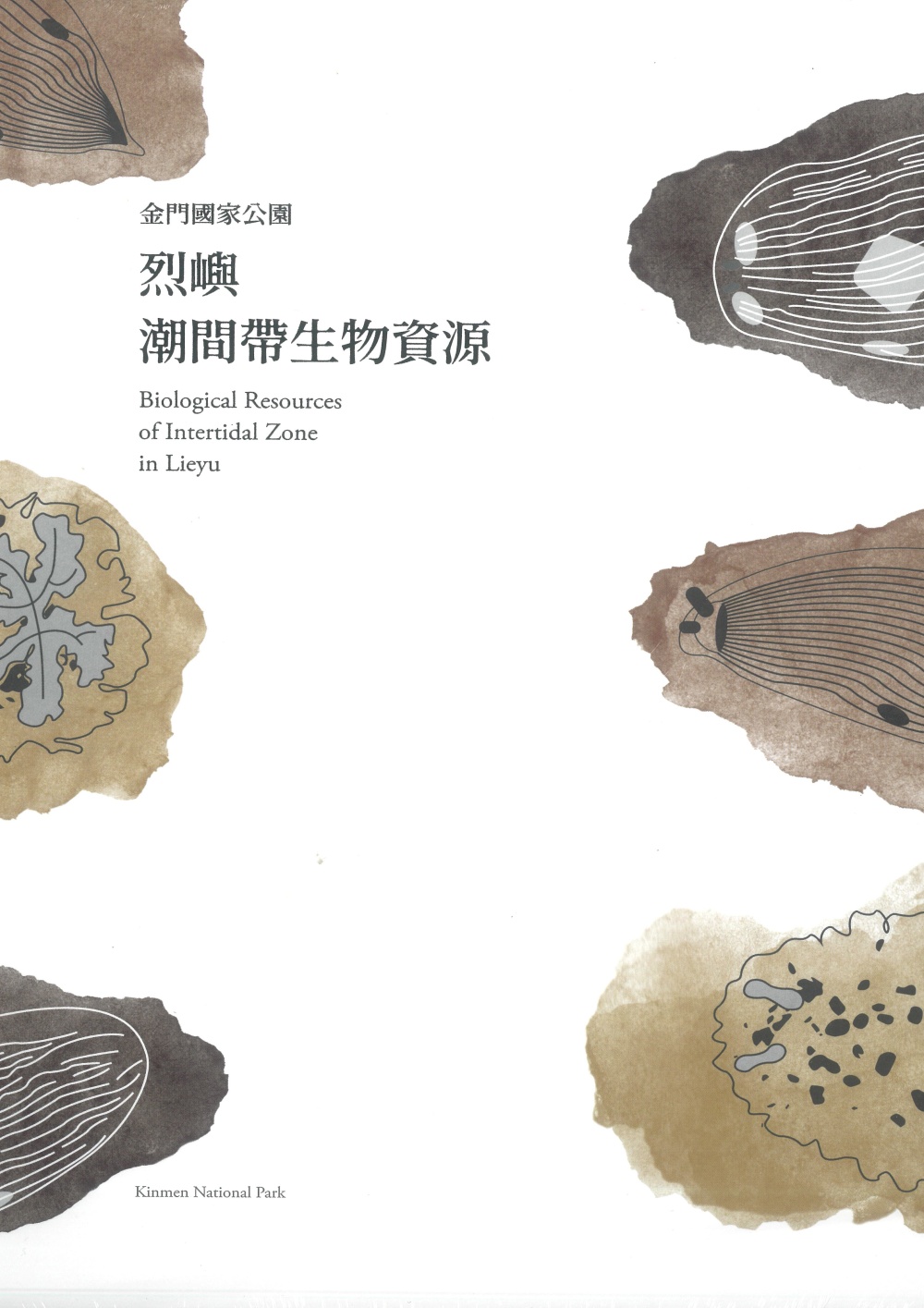
recording many species that cannot be seen in Taiwan's illustrated books
(Provided by the Kinmen National Park Management Office)
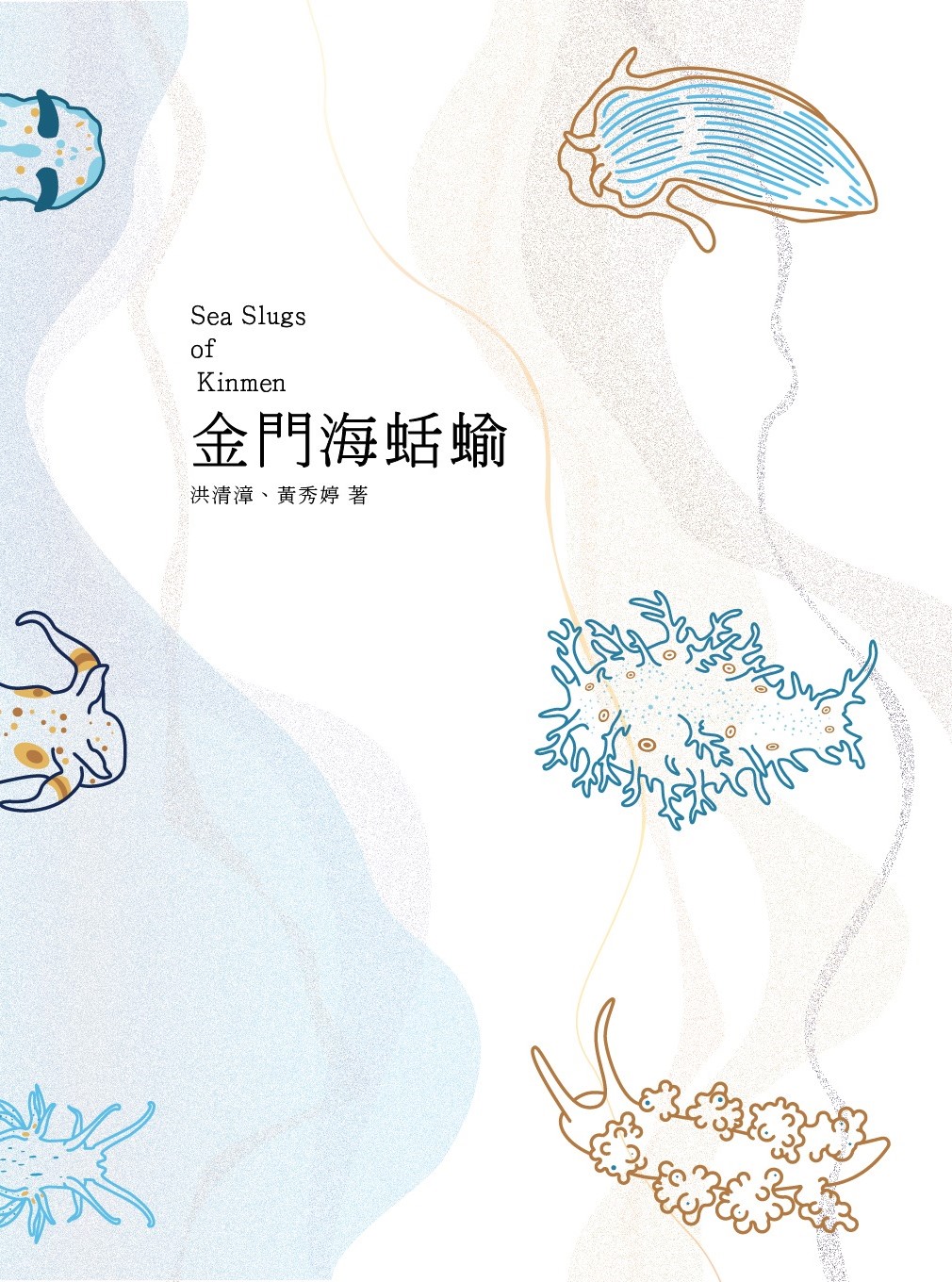
(Provided by Golden Gate National Park Service)
Kinmen Intertidal Zone Night Tour—An Adventure for Teenagers
Youngsters who want to get to know the Kinmen Intertidal Zone and become citizen scientists can not only refer to the illustrations published by the Kinmen National Park Headquarters, but also participate in the Kinmen National Park Youth Camps to experience night observations of the Kinmen Intertidal Zone.
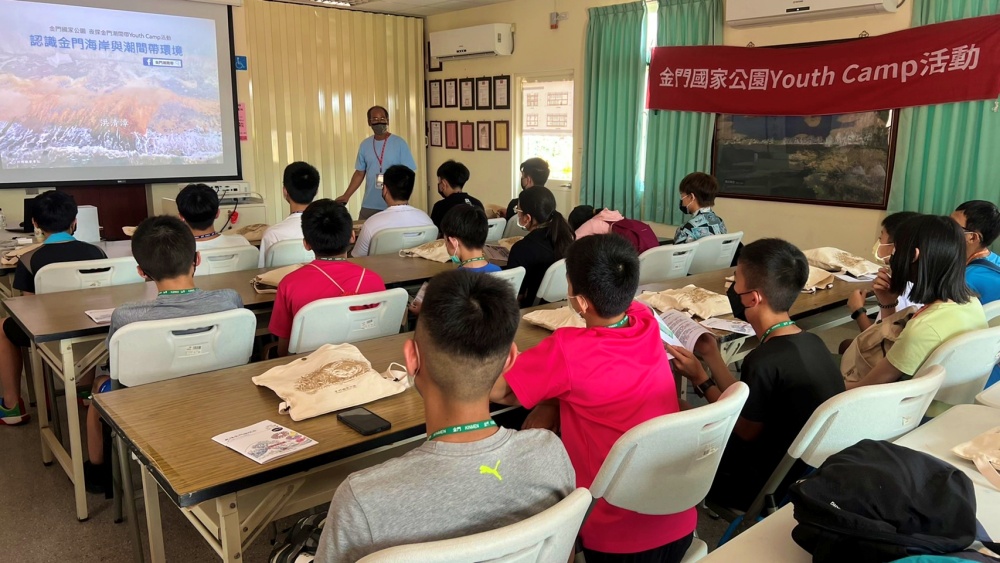
(Provided by Golden Gate National Park Service)
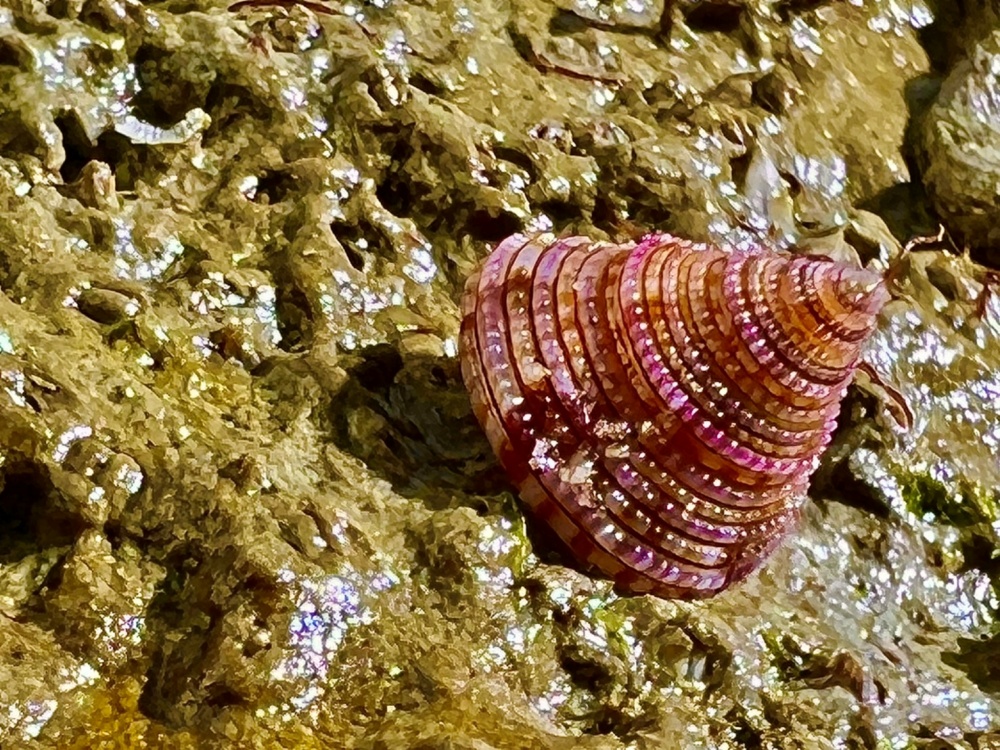
(Provided by Golden Gate National Park Service)


![Text size [Small]](/media/system/images/font_small.jpg)
![Text size [Medium]](/media/system/images/font_normal.jpg)
![Text size [Large]](/media/system/images/font_big.jpg)





